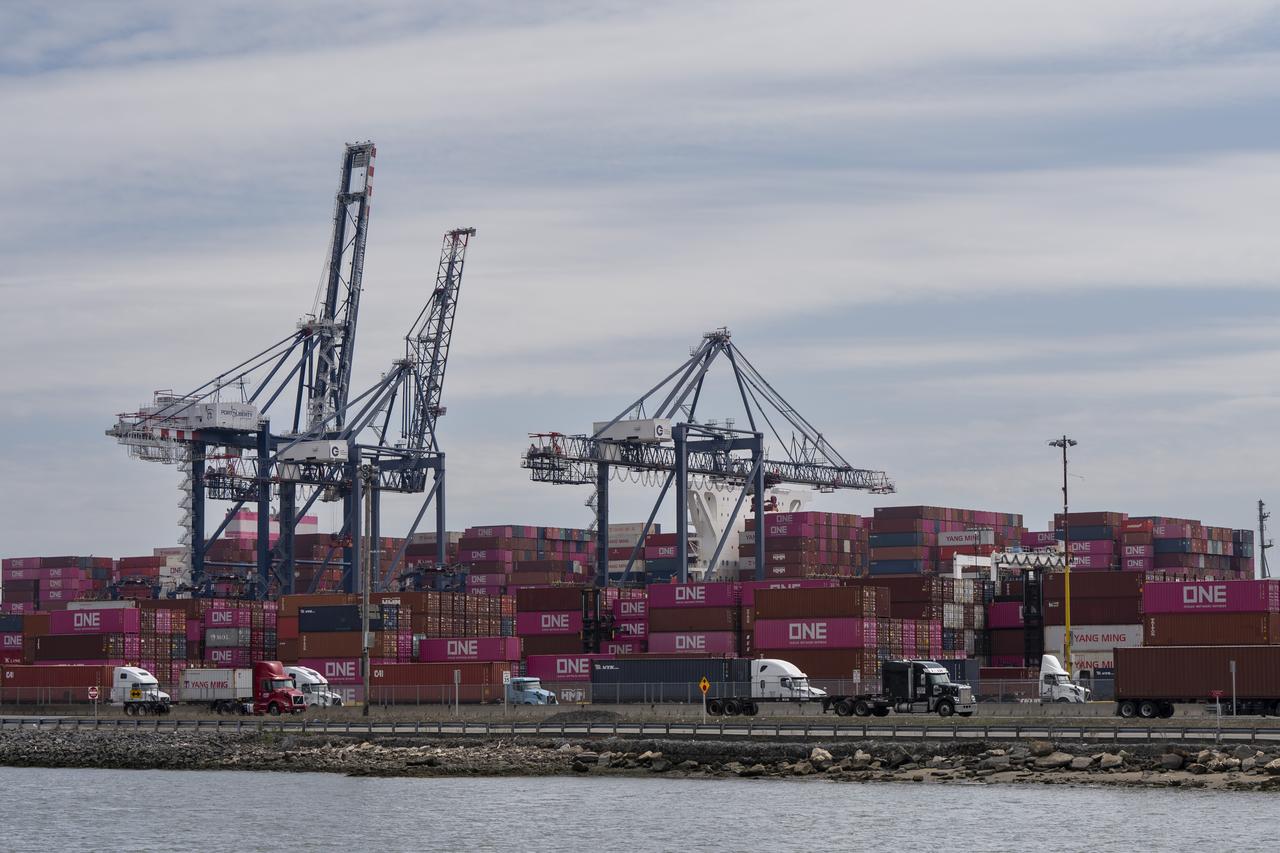
The "major" trade deal, in President Donald Trump’s words, between the U.S. and the U.K. on Thursday drove the dollar higher, while pushing spot gold back down to the $3,300 level, as the agreement fueled optimism over the tariff blitz.
This agreement marks the first trade deal by the U.S. with another country in relation to Trump’s April 2 tariffs, which impose reciprocal tariffs on 185 countries ranging from a baseline of 10% to 50%.
The dollar rose against the euro by around 0.8%, with the EUR/USD exchange rate falling to 1.12. The U.S. dollar also gained around 0.35% against the British pound and about 1% against the Swiss franc.
Bitcoin, the world’s largest cryptocurrency, surpassed the $100,000 mark for the first time since February. Meanwhile, gold prices were down 1.5% at $3,307.30 an ounce.
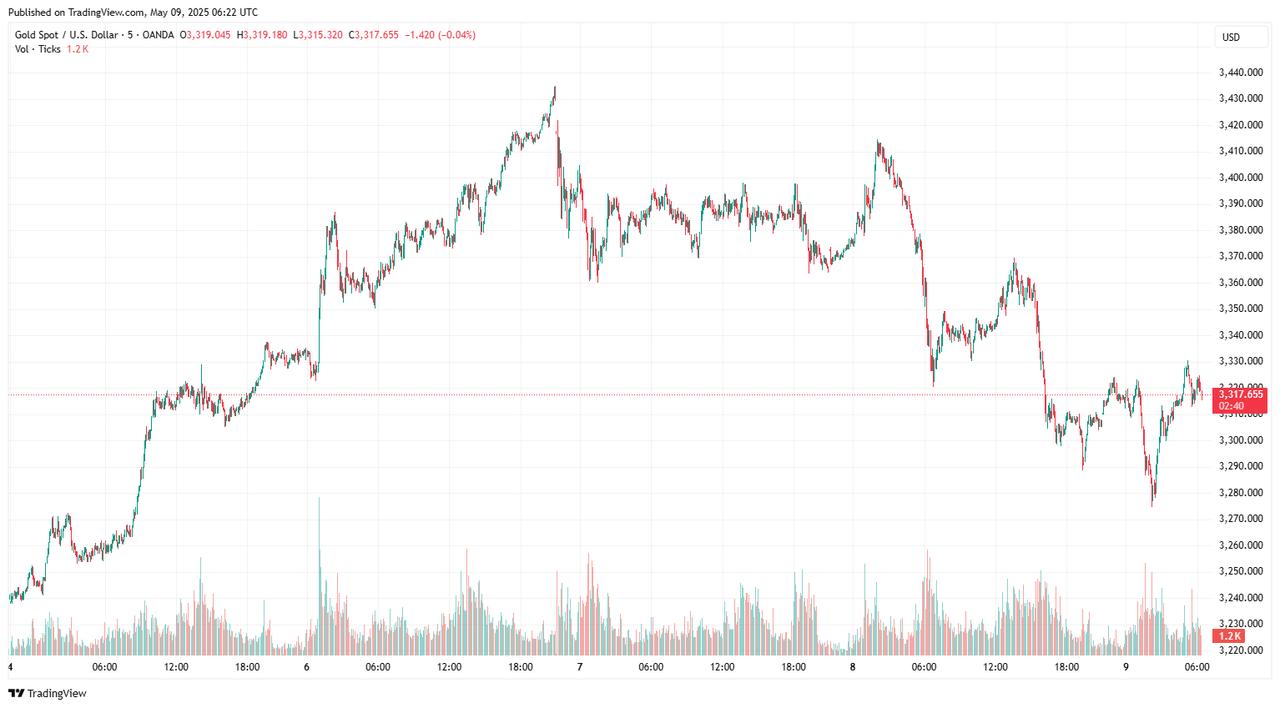
Trump has decided to remove the 25% tariff on U.K. steel and aluminum while also reducing the tariff on most car exports from 27.5% to 10%. The move will apply to 100,000 vehicles from luxury manufacturers like Rolls-Royce and Jaguar. However, the 10% baseline levy on British goods remains in place.
"I'm thrilled to announce that we have reached a breakthrough trade deal with the United Kingdom," Trump said. "The deal includes billions of dollars in increased market access for American exports."
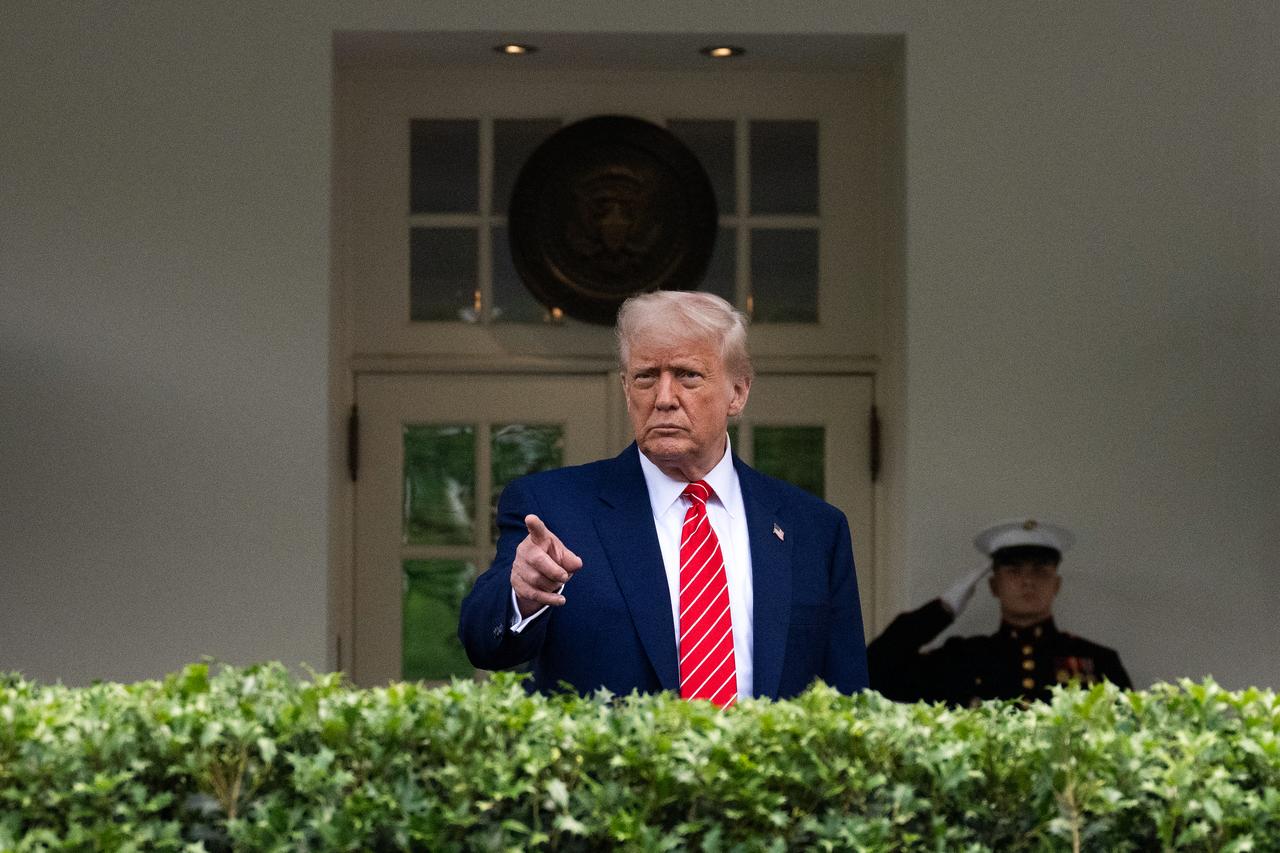
"The UK will reduce numerous non-tariff barriers that unfairly discriminated against American products," he added.
Trump also stressed that the U.S. is very close to making more trade deals, asserting that everyone wants to make a deal with the U.S. "And we're doing that, and we're making—we're going to make—fair deals. I'm just honored that this was the first one," he added.
U.K. Prime Minister Keir Starmer said it is a "really fantastic, historic day" on which the countries can announce this deal.
"And I think it's a real tribute to the history we have of working so closely together. ... Really important deal. This is going to boost trade between and across our countries. It's not only going to protect jobs, but also create jobs by opening market access," he said virtually.
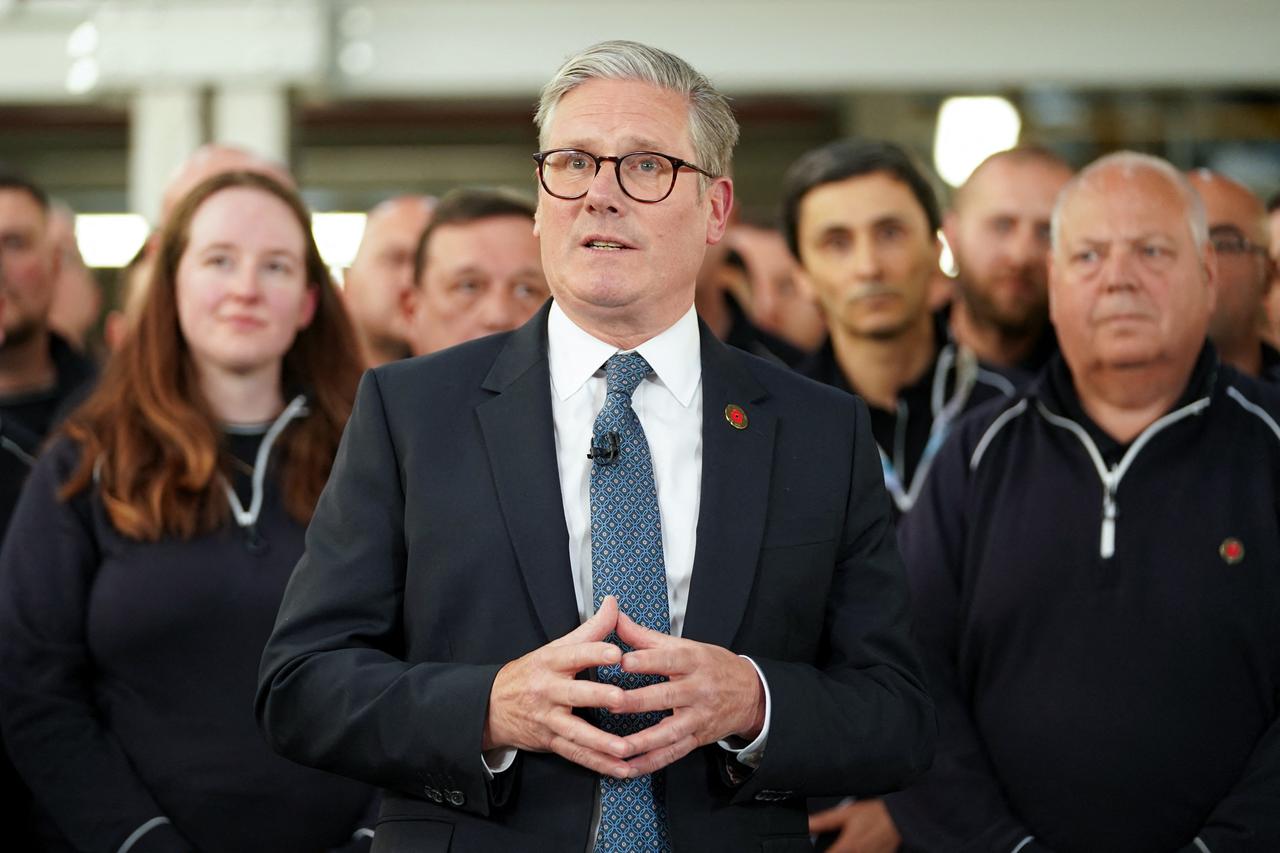
Starmer said U.S. tariff cuts will take effect “as soon as possible.”
Trump also said Thursday that Chinese tariffs will come down from 145%. "Well, it could be, we're going to see," Trump told reporters at the White House when asked if he is considering lowering the tariff rate on China. "Right now, you can’t get any higher. It's at 145, so we know it's coming down," he added.
Trump noted that U.S. Treasury Secretary Scott Bessent will visit Switzerland to negotiate with China this weekend. "And you know, they very much want to make a deal," he added.
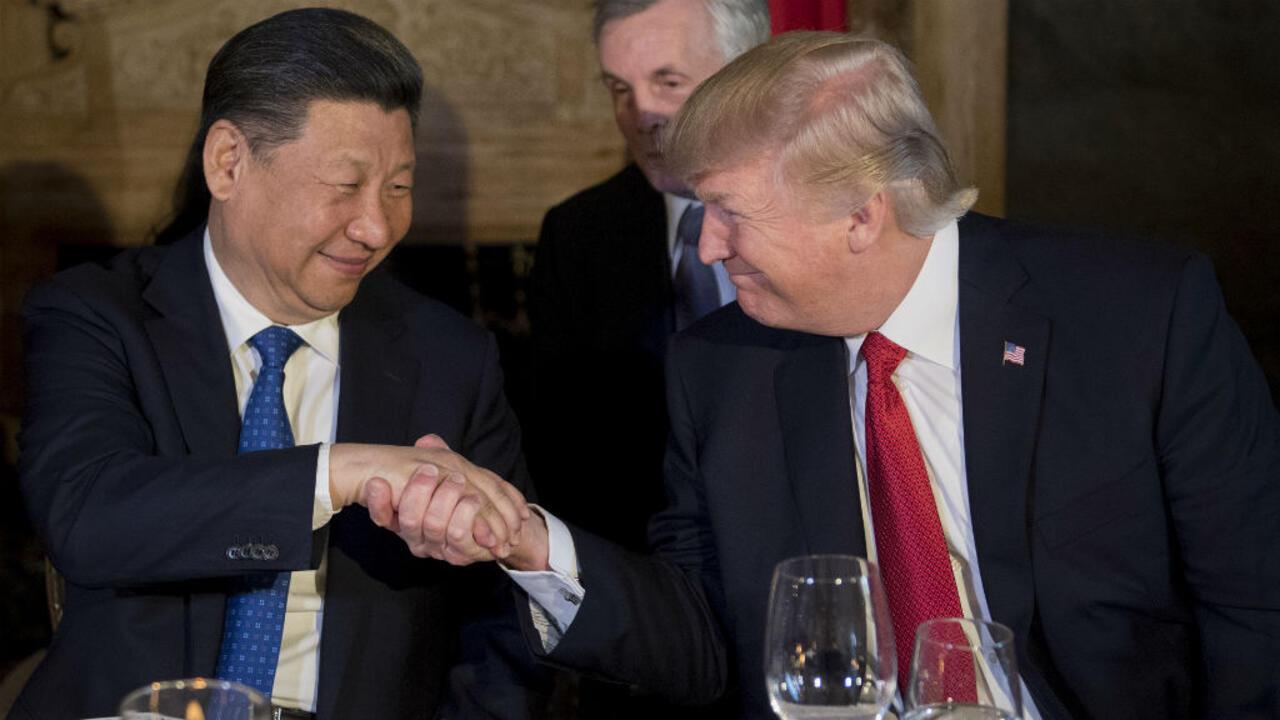
Asked if he would speak to Chinese President Xi Jinping after the talks, Trump said: "I might, yeah, sure.”
A U.S. delegation led by Treasury Secretary Scott Bessent and U.S. Trade Representative Jamieson Greer will head to Geneva, Switzerland, for trade talks with their Chinese counterparts scheduled for Saturday and Sunday.
Following the unveiling of the tariffs on April 2, U.S. tariffs on Chinese goods reached 145% after a series of tit-for-tat measures, while Chinese tariffs on U.S. goods rose to as much as 125%.